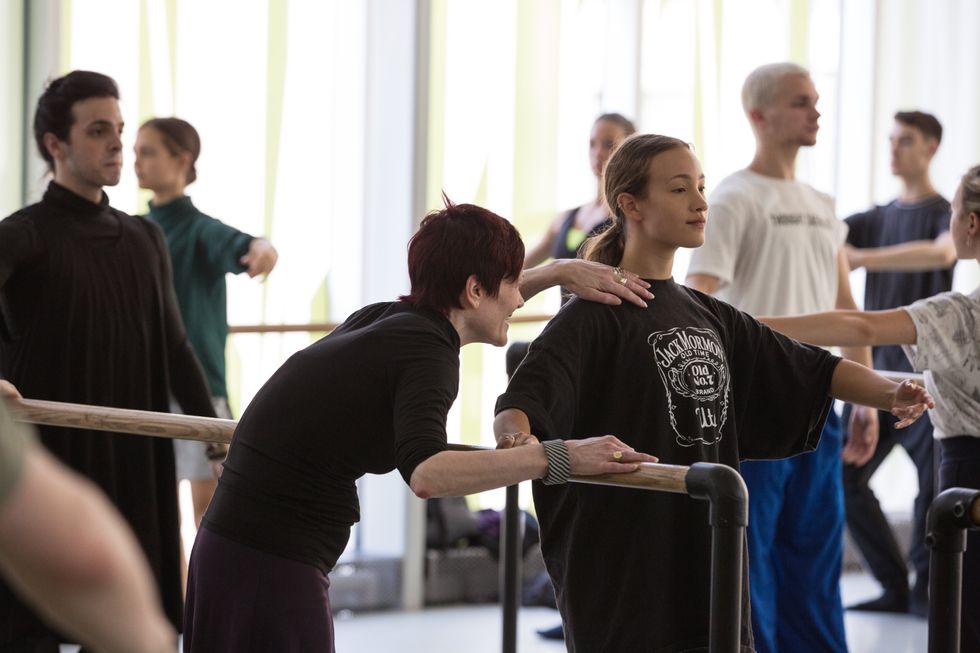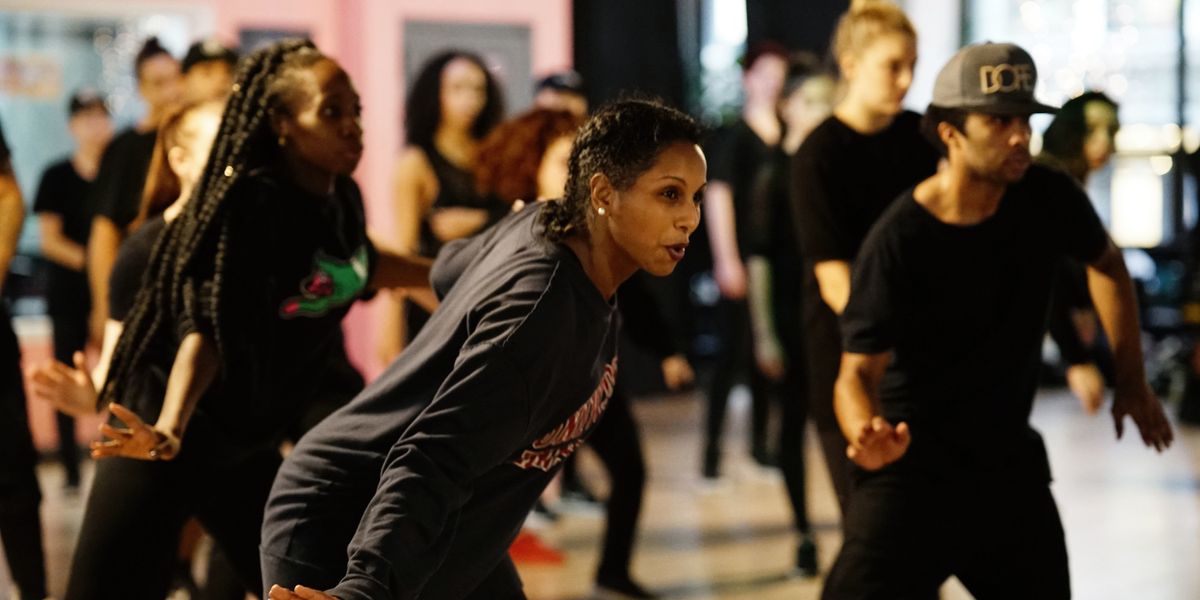Your Online Dance Videos May Affect Whether or Not You Get Hired
Now that videos are uploadable everywhere from Facebook to LinkedIn, you can keep your dancing front and center on just about any social network. “YouTube is great when I’m auditioning or sending out my reel,” says Brandon Coleman, who performs with Keigwin + Company and Sleep No More. “Vimeo is good if I’m sharing something that’s more professionally produced, like a short film. Instagram is more like a business card or a resumé.”
While live auditions remain the preferred hiring method for employers looking for dancers, they’re increasingly complemented by online searches. What your public clips do, don’t or can’t say about you may end up being the deciding factor in whether or not you get a job.
Don’t Bury Your Gold
New York–based hip-hop choreographer Luam emphasizes that, on Instagram, recent videos should be easy to find in your feed. If you post selfies, party pictures or photos of your dog more often than clips of you dancing, consider creating a separate account, ideally with some version of your full name and the word “dance” in the handle, so potential employers can locate it with a quick search. On YouTube, gather your dance clips on a single playlist—or multiple ones based around specific techniques or skills, if you have that much to work with. Set them to “public,” and consider making any content that’s only appropriate for friends and family private or unlisted.
Choreographers and casting directors don’t have much time to comb through your posts, so make your videos easy to find. “Even five minutes for that kind of research is a ton of time when we have 400 applicants,” says Springboard Danse Montréal co-founder and artistic director Alexandra Wells. Review your videos regularly, especially as you’re preparing to go on the market, and delete or hide any old or less-than-stellar clips. On the videos you do want to highlight, use the description to link to your website and other accounts alongside a one-sentence bio and your contact information. Include your full name in the title.
 Directors may only have a few minutes to peruse dancers’ videos, says Alexandra Wells.
Directors may only have a few minutes to peruse dancers’ videos, says Alexandra Wells.
David Gonsier, Courtesy Wells
Go Solo and Keep It Simple
Make sure you have fresh content that works for audition purposes. “What drives me—and the panel—crazy is group material,” Wells says. “Videos with a little arrow following one dancer around? Pet peeve.” Look for any opportunity you might get to be alone in a studio, turn all the lights on, and use a tripod or other prop to steady your phone at chest height. (Arriving extra early for class might afford you that access, and many fitness centers have studios that aren’t always booked.)
Luam strongly suggests that you capture live audio, as opposed to adding a track later. “I need to get a sense of your actual musicality,” she says. Be sure your phone settings are configured to capture the highest video resolution possible.
How you decide to dress is mostly a question of personal preference and branding, but choose colors that will contrast whatever is behind you onscreen. Pairing black clothing with a dark background is usually the worst idea. “Things that are super-arty that have dark lighting and body parts out of frame and people kissing tell me nothing,” adds Wells. “It may be a beautiful film, but for audition purposes, it won’t serve you.”
 Brandon Coleman asks for his students’ permission before filming class combinations.
Brandon Coleman asks for his students’ permission before filming class combinations.
Cole Witter, Courtesy Coleman
Make Permission Your Mission
Always ask a teacher or studio administrator before filming class combinations. “At Gibney, if you want to video class, there’s a process,” explains Coleman, a regular instructor at the New York City studio. “If I’m teaching, I ask the room if it’s okay for me to take video. I’ll do it just once so we don’t lose too much time.” Choose an angle that minimizes the clutter of clothing and dance bags in the background.
Permission to film is tougher to come by in the commercial world. “The client is the boss, not the choreographer,” notes Luam. “If it’s a no-posting zone, if the project needs to stay under wraps, you must respect that. A big campaign can cost millions—which doesn’t mean you’re not allowed to take videos, just that you might need to sit on them for a bit.”
While it may seem like a good idea to show what you can do with choreography by a well-known artist, Wells says that can backfire if it’s not sanctioned. “It immediately angers me to see something that I know the dancer does not have permission to share, or has learned online. It’s better to film an improvisation or material you created yourself.”
If someone else uploads footage of you that you don’t like, you can always ask to be untagged or for the video to be deleted, unless you signed a consent or release form. “I don’t want all my choreography out there,” adds Luam. “Some things you want to keep in the bag, so know that I will show up in your comments with, ‘Hey! Thanks for the love! Would you mind taking this down?’ ”




